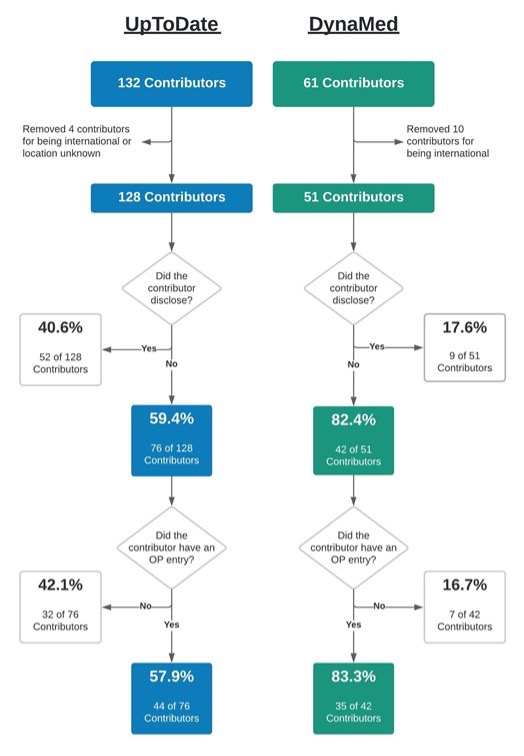MedicalResearch.com Interview with:
Marquita W. Lewis-Thames, PhD (she/her/Dr.)
Assistant Professor, Department of Medical Social Science
Center for Community Health, Member Researcher
Assistant Directors of Community Outreach and Engagement, Robert H. Lurie Comprehensive Cancer Center
Feinberg School of Medicine, Northwestern University
MedicalResearch.com: What is the background for this study? What are the main findings?
Response: Incidence, mortality, and survivorship provide a comprehensive description of cancer for a group of people. Differences in cancer incidence and mortality trends by rural-urban status and race and ethnicity are well documented, but urban-rural cancer survivorship trends by race and ethnicity are unknown. To this end, we examined almost 40 years of racial and ethnic differences by rural-urban status for 5-year survival of patients with lung, prostate, breast, and colorectal cancers.
Using a nationwide epidemiological assessment of 1975-2011 data from the SEER database, we found that 5-year cancer-specific survival trends increased for all cancer types and race and ethnic groups, regardless of rural or urban status.
Generally, rural, and non-Hispanic Black cancer patients had worse survival outcomes than others.
(more…)





























